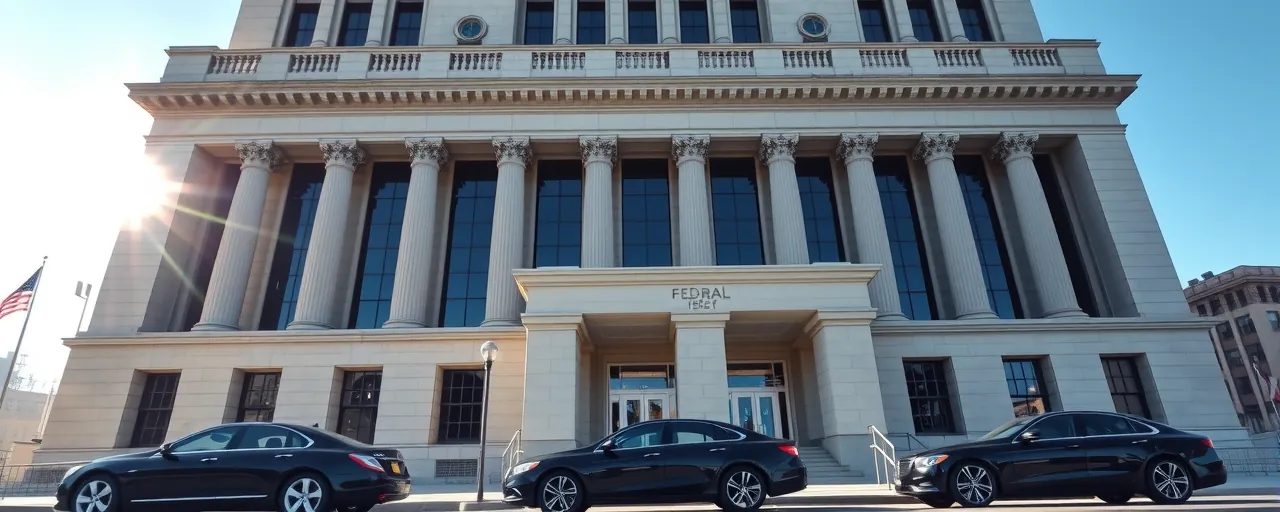A Sweeping Operation Ignites Debate
In May 2025, Immigration and Customs Enforcement launched Operation Patriot, arresting 1,461 undocumented immigrants across Massachusetts in a single month. The Department of Homeland Security framed the effort as a vital strike against dangerous criminals, highlighting charges like rape, kidnapping, and assault. Yet, many of those arrested were released back into communities because local authorities, following sanctuary policies, declined to honor ICE detainer requests.
This operation has thrust a long-simmering issue into the spotlight: the question of how local and federal authorities can effectively collaborate on immigration enforcement. Some see these releases as a threat to public safety, while others view them as a stand for community trust and legal principles. The truth lies in a tangled web of competing priorities and real-world consequences.
Stories That Shape the Narrative
The arrests included individuals facing grave accusations. Marcelino De Leon Yoc, a 32-year-old Guatemalan, was charged with aggravated rape of a child. John Tobon Vargas, a 22-year-old Colombian, faced allegations of kidnapping and felony breaking and entering. These cases fuel arguments that sanctuary policies allow dangerous individuals to evade justice, especially when local authorities ignore ICE detainers.
However, the numbers tell a broader story. Of the 1,461 arrested, 790 had prior convictions or pending charges, and 277 had final removal orders. This suggests many others were detained for minor or no offenses, raising concerns about the operation's scope. The impact on families and communities, from fear to disruption, adds a human dimension to the statistics.
Sanctuary Policies: Safety Net or Loophole?
Sanctuary policies, embraced by Massachusetts and other regions, restrict local law enforcement from assisting with federal immigration enforcement, often refusing ICE detainers without judicial warrants. Advocates for sanctuary policies argue this fosters trust, encouraging immigrants to report crimes without fear of deportation. Research supports this, showing sanctuary counties have 35.5 fewer crimes per 10,000 residents and lower deportation rates without compromising safety.
Federal immigration authorities, however, contend these policies create gaps that let violent offenders escape accountability. Cases like a Guatemalan man released despite child rape charges are cited as proof. The Trump administration has responded with threats to cut federal funding and public lists of non-compliant jurisdictions, though court rulings affirm that local agencies cannot be compelled to cooperate.
Crime, Immigration, and Perception
Recent polls show 71 percent of individuals aligned with the Republican Party believe immigrants heighten crime risks, a view amplified by media coverage of high-profile cases involving undocumented individuals. Yet, comprehensive data challenges this narrative. FBI statistics and academic studies consistently find that immigrants, regardless of legal status, commit fewer violent and property crimes than native-born citizens. In Texas, for example, undocumented immigrants had lower felony arrest rates between 2012 and 2018.
Despite this, selective storytelling can distort public views. Sensational crimes receive outsized attention, creating an impression of widespread danger. Meanwhile, aggressive enforcement programs like Secure Communities have been linked to a 30 percent drop in crime reporting among Hispanic victims, suggesting that heavy-handed tactics may undermine community cooperation and overall safety.
Balancing Enforcement and Trust
The tension between sanctuary policies and federal enforcement reflects deeper questions about priorities. Proponents of stricter immigration enforcement emphasize the need to remove convicted criminals to prevent future crimes. Advocates for sanctuary policies highlight the importance of due process and maintaining trust with law enforcement to ensure communities feel safe reporting crimes. Both perspectives carry weight, but no single approach fully addresses the complexities.
Historical data from 1990 to 2014 shows no consistent link between growing undocumented populations and rising violent crime. Still, instances of released offenders committing new crimes demand attention. The challenge is crafting policies that target serious threats without alienating communities or straining local resources.
A Path Through the Divide
Operation Patriot has laid bare the rift between federal and local approaches to immigration enforcement in Massachusetts. The arrests underscore real risks but also highlight the nuanced realities of balancing safety and fairness. Resolving this divide requires open conversations about how to protect communities while respecting individual rights, moving beyond executive actions or local defiance.
For now, the consequences ripple through neighborhoods. Victims' families seek justice, while immigrant communities advocate for understanding. No easy answers exist, but the need for a thoughtful, balanced approach is undeniable. The lives affected, and the safety at stake, deserve nothing less.
